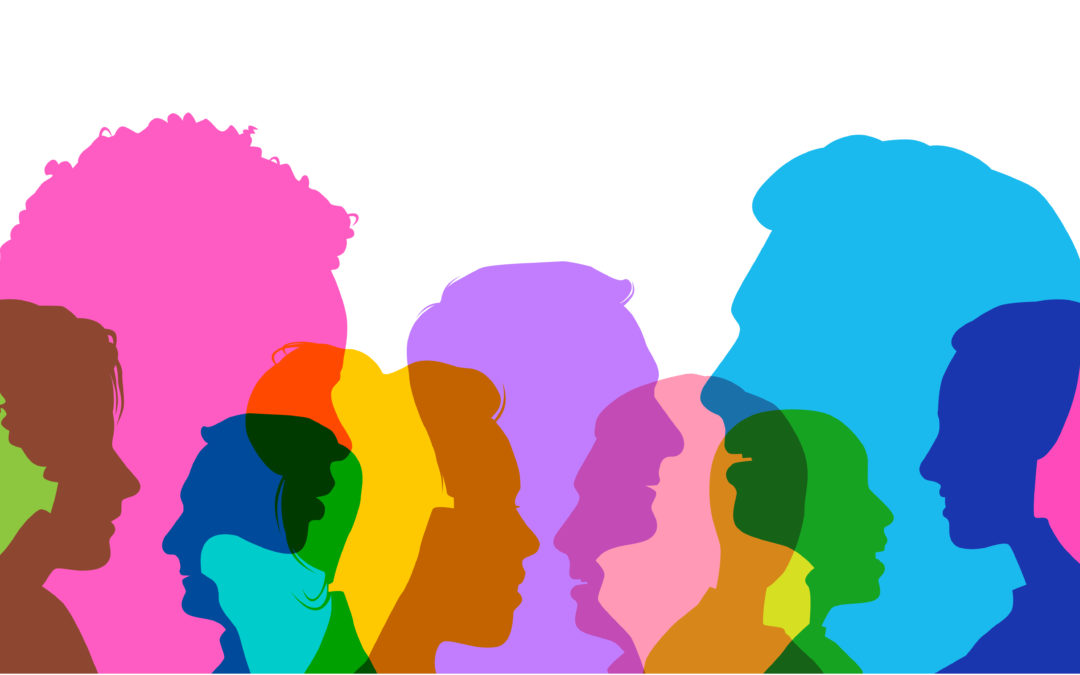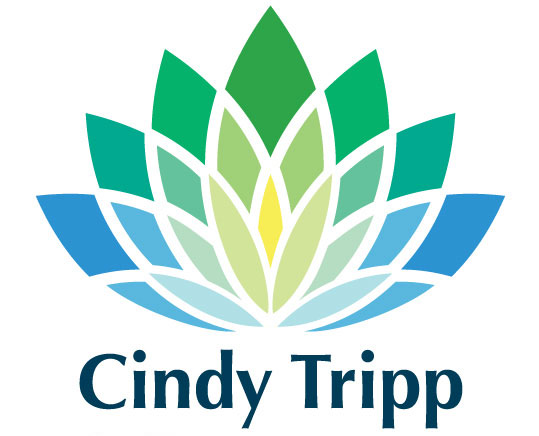In my last blog, I suggested that the Strategist and Tactician needed to co-create/collaborate (or, as you might have hummed it, ‘should be friends’). In fact, we are often faced with collaborating with people different from ourselves in many ways–how we look, what religion we profess, where we live/grew up, our professional background or our business philosophy. The reality is that the world is a diverse place. We are told that diversity is good. Then we see examples where people from diverse perspectives seem to not collaborate at all, perhaps we see more conflict and name-calling than the promise of the power of diversity. Diversity is only an advantage if we set the conditions for it to be an advantage. We can only co-create effectively with people with unique perspectives if we are willing to be open to points of view different from ours. (Notice that I did not say we have to agree with them, just be open to them) To do that, we have to suspend judgement long enough to view the other person as a valid human being with a valid perspective. In my “Design Thinking for Business” graduate class at UC’s Lindner School of Business, I see this every year. The most diverse team struggles the most at first. But we work on those things that help unlock the power of diversity. By the end, the most interesting insights and ideas emerge from the most diverse team. This transformation equips them to be able to tackle any challenge. It is amazing to watch. So, how do you do it? How do you “set the conditions for co-creation”? It is kindergarten stuff (Still, it is really hard to do). Stop. Look. Listen. Pause long enough to look at the other person in the eyes and to take in their body language and tone of voice (no multitasking). Listen intently to what they are saying and don’t try to share your point of view yet. As they trained me at P&G when I was a new hire “seek to understand before being understood”. “It takes time at the beginning, but it costs you less time in the end”, as one of my clients recently shared with me with some surprise after we had successfully completed a design thinking problem solving effort. Simple stuff can start to set the environment where learning and sharing and imagining can flourish. Best,
Cindy
Take Action
For more tips: check out these blogs. On Attitude On Multitasking On Co-Creation


